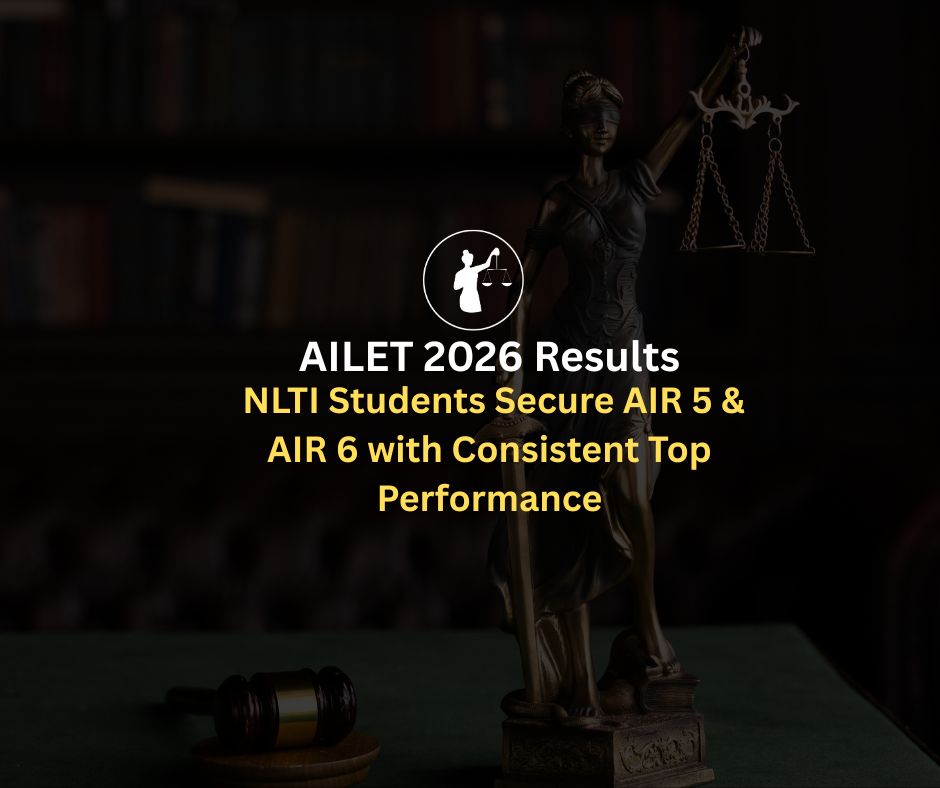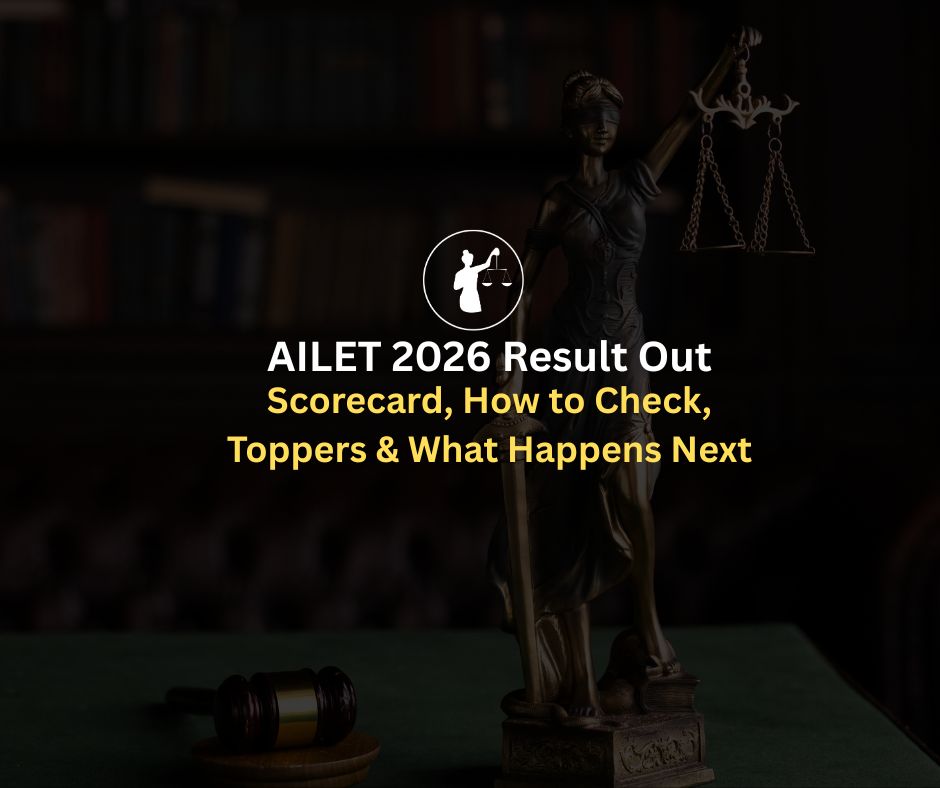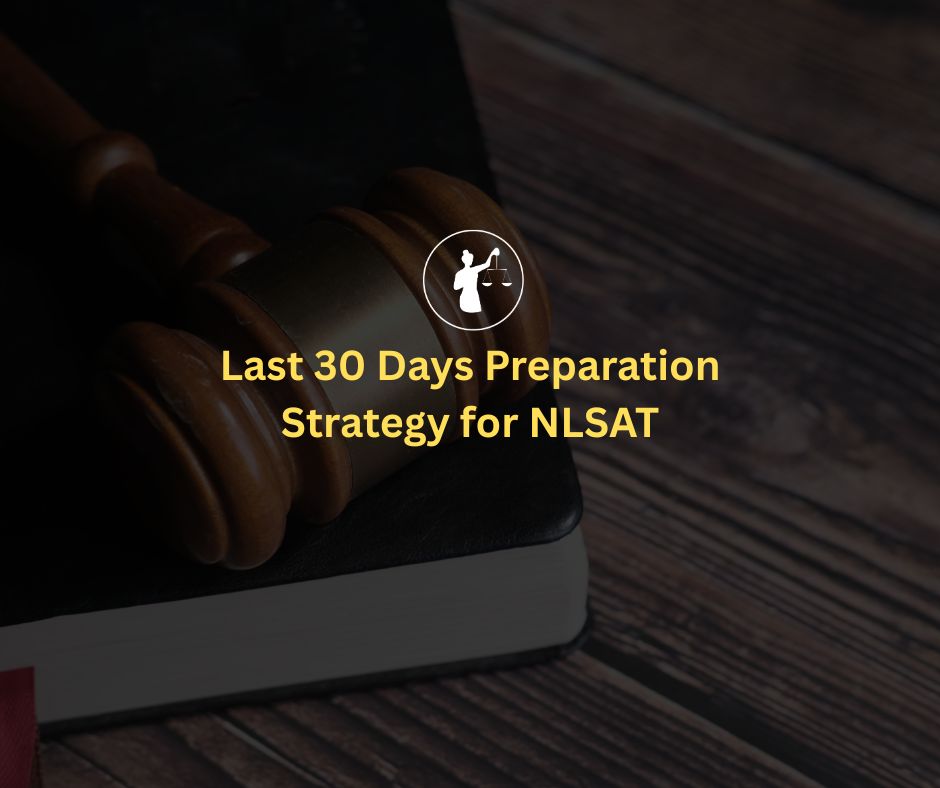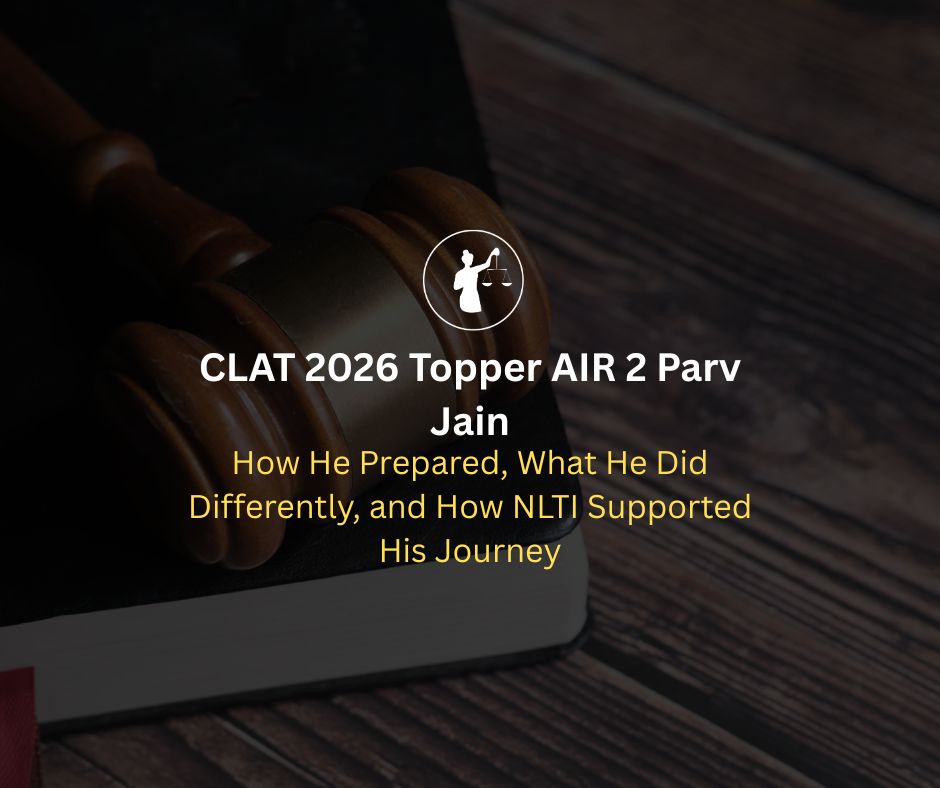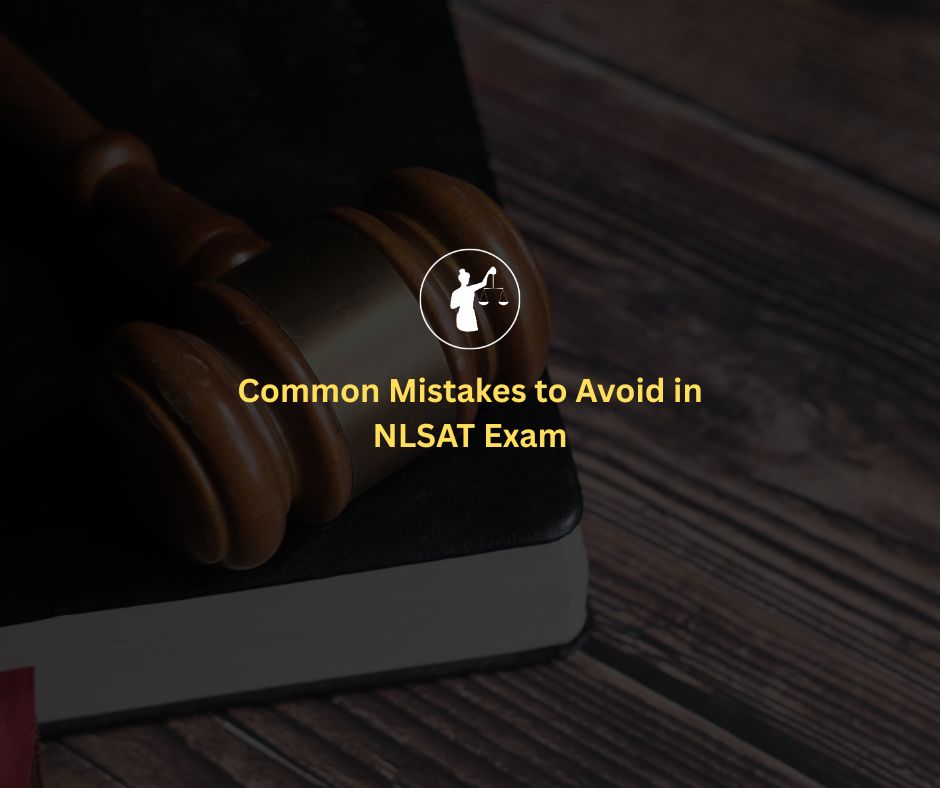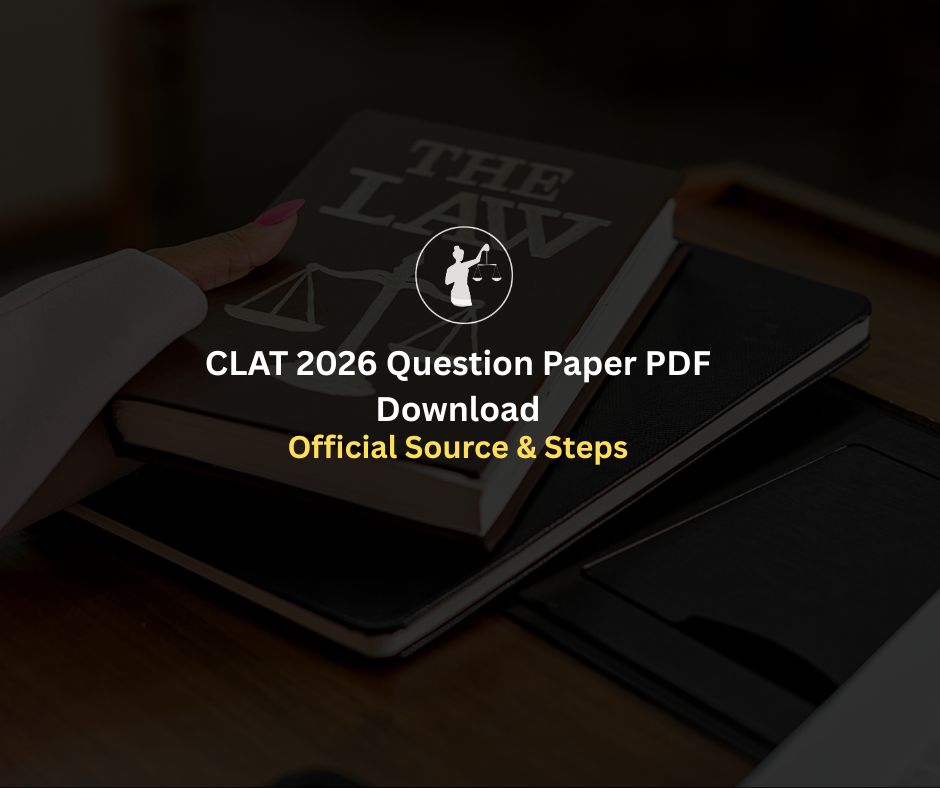If you’ve been following recent headlines around CLAT 2025, you’ve probably found yourself asking the same anxious question as thousands of other aspirants:
“Is CLAT going to be discontinued?”
Let’s break down what’s really happening—and what it could mean for the future of India’s most prestigious law entrance exam.
What Sparked the Controversy?
During a recent hearing about the alleged errors in CLAT 2025 results, the Supreme Court of India came down heavily on the CLAT Consortium. The bench, led by Justices B.R. Gavai and A.G. Masih, expressed visible disappointment with the way the examination has been handled.
"At the outset, we must express our anguish at the casual manner in which the Consortium has been framing the questions for the CLAT examination, which involves the career aspirations of lakhs of students in the country."
The bench observed.
Errors in fundamental legal concepts, poorly framed questions, and discrepancies in answer keys were some of the key issues highlighted—issues serious enough to affect rankings and, in turn, the futures of lakhs of students. According to the Court, such mistakes are not one-off incidents; they’ve become an annual pattern.
The Revival of a Landmark Plea: Shamnad Basheer’s PIL
Here’s where it gets even more significant. Amidst the chaos, the Supreme Court has decided to revive a Public Interest Litigation (PIL) filed in 2015 by the late Professor Shamnad Basheer, a prominent legal academic and founder of IDIA (Increasing Diversity by Increasing Access).
His original plea? To establish a permanent, structured, and accountable body to conduct law entrance exams—much like the NTA manages JEE and NEET.
Back in 2015, Prof. Basheer had pointed out recurring flaws in CLAT: plagiarised content, factual inaccuracies, flawed seat allocation, and a complete lack of transparency. One of his major arguments was that opaque and error-prone CLAT papers severely harm the credibility of the exam and the future of aspiring law students.
He even quoted a 2015 paper that included a question asking students to choose the world’s largest e-commerce company between Amazon and Alibaba—both potentially correct depending on the metric. The official defense? Candidates should have chosen based on "popular perception." His response?
“Demanding that candidates seeking to enter the hallowed halls of legal learning base their answers on popular perception, as opposed to scientific data, is preposterous to say the least.”
The Supreme Court, nearly a decade later, has finally reopened his petition—marking a pivotal moment in legal education reform.
What Could Happen Next?
There are two major possibilities now:
1. CLAT Continues But With Strict Oversight
The Court may ask the Consortium to implement significant reforms, including quality control, transparency, and academic accountability. This would mean CLAT remains the law entrance exam, but under tighter scrutiny and structure.
2. Creation of a New National-Level Body
If the Court supports Prof. Basheer’s original plea, we could see a completely new body, possibly governed by the Ministry of Education, taking charge. Think of it as an NTA for law exams.
This could mean the end of CLAT as we currently know it, with a revamped format, improved standardization, and institutional accountability.
What Does This Mean for Aspirants?
This is the big question everyone’s asking. And here's the real answer: nothing has changed for you yet.
CLAT 2025 is not cancelled, and the current structure still holds.
Keep preparing with full focus but stay informed with trustworthy sources.
If a new body is created, it’s likely to impact future batches (possibly CLAT 2026 or later), not those currently in the loop.
It’s also important to note that the Court, while reluctant to interfere in academic matters, felt compelled to step in due to the repeated failures of the CLAT system.
As the judges put it, “In academic matters, the court is always restrained in interfering as it does not possess expertise. However, when the academics themselves act in such a manner that affects the careers of lakhs of students, the court is left with no option.”
So… Will CLAT Be Discontinued?
We don’t know yet. The Supreme Court has not announced a final verdict. But one thing is certain: the current system is under serious judicial scrutiny. Whether CLAT transforms, gets replaced, or survives with reforms, the days of unchecked errors and administrative lapses are numbered.
The Court has already issued notices to the Education Ministry, the Bar Council of India, and the Consortium of NLUs. Most importantly, the matter has now been officially listed for hearing before the concerned bench this coming Friday.
This hearing could be a turning point either triggering a major overhaul or pushing the Consortium to fix what’s broken.
So, should you panic? Absolutely not.
Should you stay prepared and informed? 100%.
We at NLTI will continue tracking every development for you, and we promise to keep things clear, concise, and real. Stay tuned and do follow our Telegram Page for more such updates.
